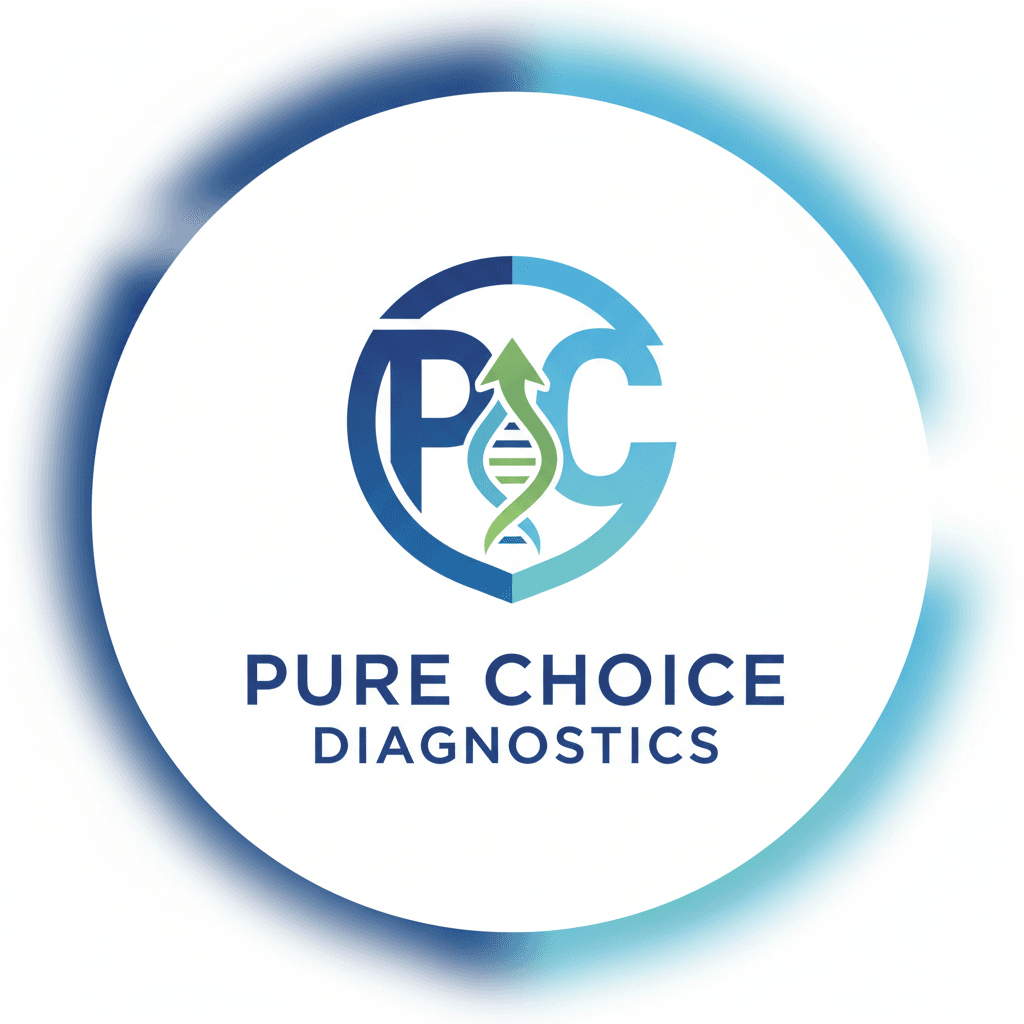Debunking Myths About Non-Invasive Paternity Testing
Understanding Non-Invasive Paternity Testing
Non-invasive paternity testing has become a popular choice for determining paternity without the need for invasive procedures. Despite its growing popularity, several myths and misconceptions still surround this method. In this blog post, we aim to debunk these myths and provide clarity on what non-invasive paternity testing truly involves.
At its core, non-invasive paternity testing is a DNA test that uses samples from the mother and alleged father, along with a blood sample from the pregnant mother, to analyze fetal DNA. This process is safe for both the mother and the unborn child, making it a preferable option for many expecting parents.

Myth: Non-Invasive Tests Are Inaccurate
One of the most common myths is that non-invasive paternity tests are not as accurate as invasive methods. However, this is far from the truth. Non-invasive tests have shown to provide over 99% accuracy in determining paternity. These tests use advanced DNA sequencing technology to ensure reliable results, comparable to traditional invasive methods.
While no test can claim 100% accuracy, non-invasive paternity tests are among the most precise available today. It's essential to choose a reputable provider to ensure the highest level of accuracy.
Myth: Non-Invasive Testing Is Too Expensive
Another misconception is that non-invasive paternity testing is prohibitively expensive. While it's true that these tests can be costlier than some invasive methods, their benefits often outweigh the costs. The non-invasive nature of the test eliminates the risks associated with procedures like amniocentesis or chorionic villus sampling (CVS), which can lead to complications such as miscarriage.
Moreover, many testing centers offer payment plans to make the process more affordable for families seeking peace of mind during pregnancy.

Myth: Testing Can Only Be Done Later in Pregnancy
Some believe that non-invasive paternity testing can only be conducted later in pregnancy. In reality, this test can be performed as early as seven weeks into pregnancy. This early testing allows parents to make informed decisions as soon as possible, reducing anxiety and providing reassurance during an often stressful time.
Early testing is particularly beneficial for those who require legal documentation of paternity for custody or child support cases, as it provides ample time to handle legal proceedings if necessary.
Myth: Results Are Not Legally Admissible
Many people mistakenly think that non-invasive paternity test results cannot be used in legal scenarios. In fact, results from these tests can be legally binding, provided they are conducted by a certified laboratory following strict chain-of-custody procedures. This ensures the integrity of the samples and results, making them admissible in court for issues like custody and child support.

It's crucial to communicate with your testing provider about your specific needs and ensure they are accredited and capable of providing legally admissible results if required.
Conclusion: Making Informed Decisions
In conclusion, non-invasive paternity testing offers a safe, accurate, and reliable method for determining paternity without the risks associated with invasive procedures. By debunking these myths, we hope to empower expecting parents with the knowledge needed to make informed decisions that best suit their circumstances. Always consult with a trusted healthcare provider or genetic counselor when considering paternity testing options.
